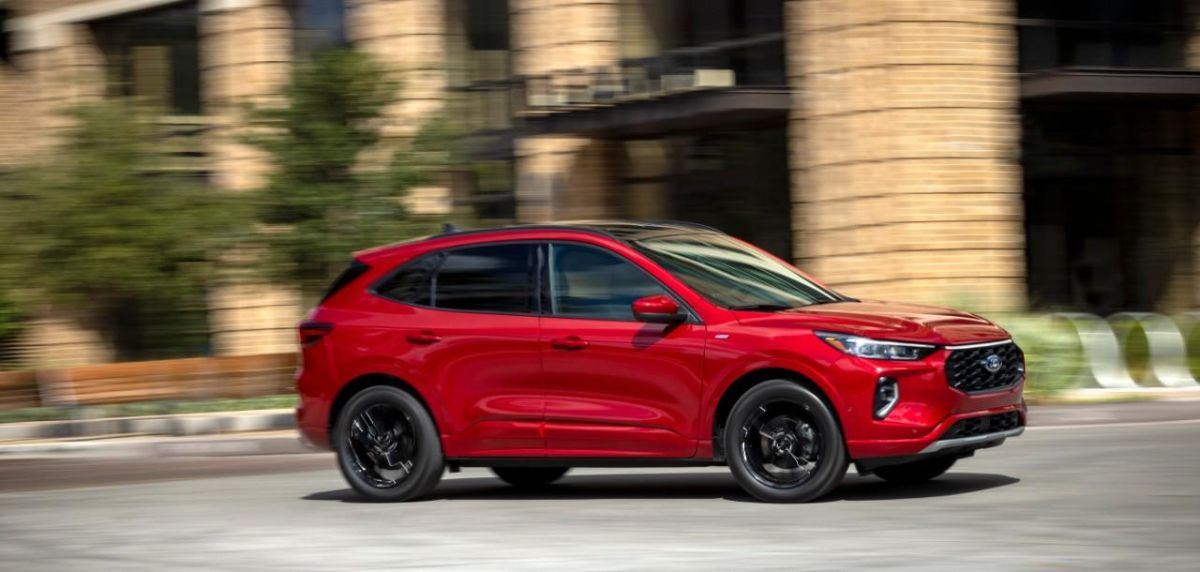In a recent round of tests by the Insurance Institute for Highway Safety (IIHS), seven out of eight small SUVs demonstrated strong performance in rear crash prevention, showing advancements in safety technologies aimed at reducing low-speed backing crashes, which account for a significant portion of insurance claims.
The Ford Escape, Honda CR-V, Mitsubishi Outlander and Subaru Forester all earned the highest rating of "superior" in the evaluation. Meanwhile, the Mazda CX-5, Toyota RAV4 and Volkswagen Taos received an "advanced" rating, and the Hyundai Tucson garnered a "basic" rating.
"Since 2018, new vehicles have been required to come with a rear camera that makes it easier to see where you’re going when you’re backing up," IIHS President David Harkey said. "Rear automatic emergency braking systems aren’t required, making the feature far less common. That’s too bad because our research consistently shows that technology that intervenes on behalf of the driver is more effective in preventing crashes than other types of solutions."
The IIHS's evaluation process involves 24 test runs conducted at 4 mph, using a passenger vehicle target at different approach angles and a bollard representing a pole or garage pillar. Vehicles are scored based on the number of runs that either avoid the target or reduce speed to less than 1 mph before impact.
Among the top performers, the Ford Escape consistently avoided collisions in all four test scenarios, only hitting the target in one trial at a 10-degree angle. The Subaru Forester avoided collisions except when reversing toward a target at a 45-degree angle. The Honda CR-V and Mitsubishi Outlander both successfully avoided collisions with the target directly in their path but struggled with angled targets.
In the "advanced" category, the Mazda CX-5, Toyota RAV4 and Volkswagen Taos hit the target without substantially slowing in trials involving angled targets. The CX-5 and Taos also faced difficulties with the offset bollard, while the RAV4 avoided a collision in two out of three trials and significantly slowed in the third.
The Hyundai Tucson, which received a "basic" rating, failed to slow or avoid collisions in any of the scenarios but did provide warnings as the vehicle neared the target in some instances.
Rear automatic emergency braking (AEB) systems, although not as common as front AEB systems, have proven to be remarkably effective. According to evaluations by the Highway Loss Data Institute (HLDI), rear AEB reduces the frequency of claims for damage to other vehicles by 29% and reduces claims for damage to policyholders' vehicles by 9%.
"Rear AEB probably offers the biggest bang for the buck of any of the crash avoidance systems we monitor," said HLDI Senior Vice President Matt Moore. "The cost of parking lot fender benders really adds up."
Despite its effectiveness, rear AEB remains less prevalent. It was standard on only 23% of model year 2023 passenger vehicles and available as an option on another 32%. At the current growth rate, it is estimated most vehicles in the U.S. fleet won't have rear AEB until nearly 2050.
Among the small SUVs tested, rear AEB is standard on the Mitsubishi Outlander and optional on the other seven models.













